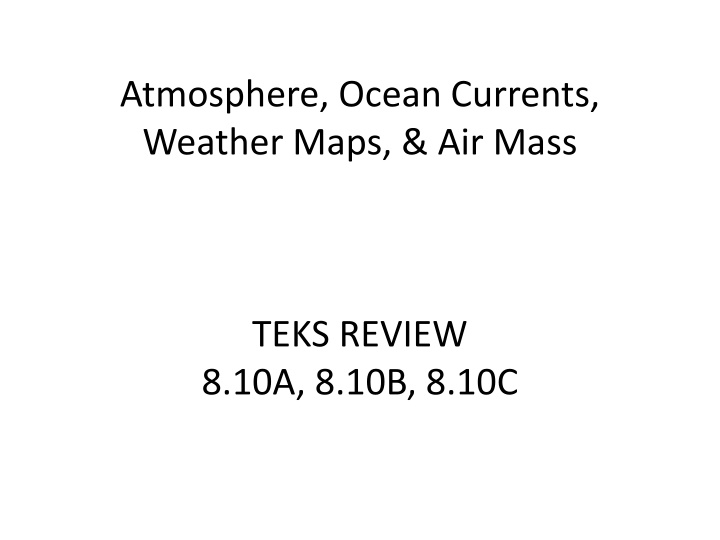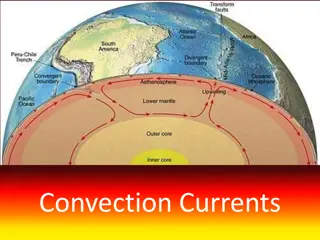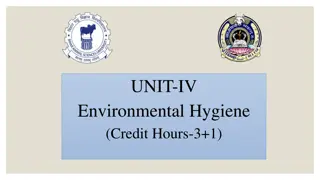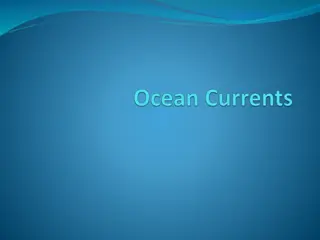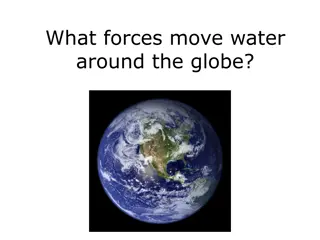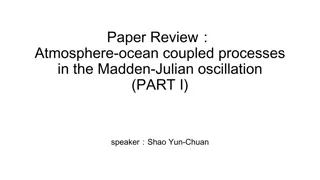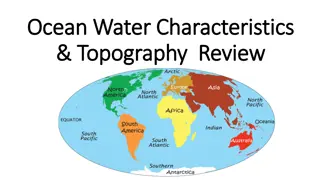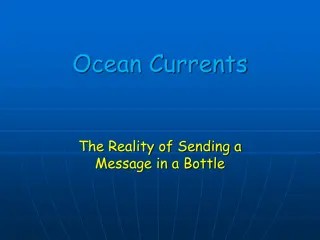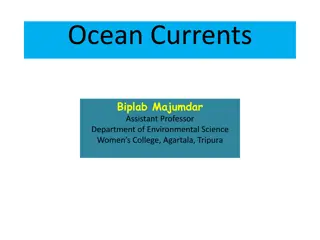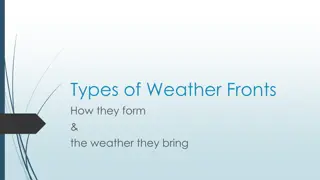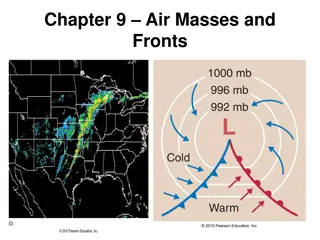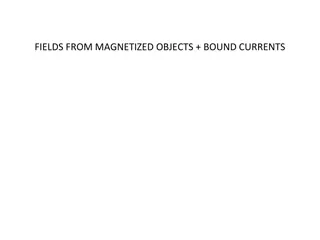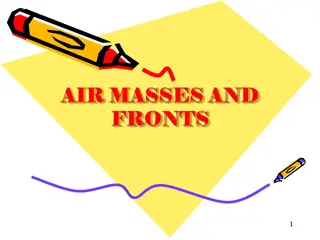Atmosphere, Ocean Currents, Weather Maps, & Air Mass TEKS Review
Explore key concepts related to atmosphere, ocean currents, weather maps, and air mass in this TEKS review. Understand the factors contributing to Earth's uneven heating, the role of convection in ocean currents, the energy sources that drive ocean convection, and the effects of heating on air density and pressure. Learn how air masses move across the Earth's surface and how different pressure systems influence weather patterns.
Download Presentation

Please find below an Image/Link to download the presentation.
The content on the website is provided AS IS for your information and personal use only. It may not be sold, licensed, or shared on other websites without obtaining consent from the author.If you encounter any issues during the download, it is possible that the publisher has removed the file from their server.
You are allowed to download the files provided on this website for personal or commercial use, subject to the condition that they are used lawfully. All files are the property of their respective owners.
The content on the website is provided AS IS for your information and personal use only. It may not be sold, licensed, or shared on other websites without obtaining consent from the author.
E N D
Presentation Transcript
Atmosphere, Ocean Currents, Weather Maps, & Air Mass TEKS REVIEW 8.10A, 8.10B, 8.10C
1. Why does Earth experience unequal heating? A. The atmosphere is not equally distributed around Earth. B. Earth is tilted on its axis. C. Oceans do not equally cover Earth. D. Earth s revolution is longer than its rotation
2. Which of the following occurs as a result of convection within the ocean? A. Winds B. Waves C. Gravity D. Ocean currents
3. Which of the following provides the energy that drives convection within the ocean? A Pressure B Sun C Weather D Winds
4. When air is heated, its A. density increases, forming an area of high pressure B. density increases, forming an area of low pressure C. density decreases, forming an area of high pressure D. density decreases, forming an area of low pressure
5. When air moves from an area of high pressure to an area of low pressure, it causes F. an increase in temperature G. rain to fall H. the wind to blow J. a decrease in elevation
6. Air masses move across Earths surface because of differences in A air pressure B rainfall C weather D elevation
7. A student heard the weather forecaster on television say that an area of high pressure was located over his region of the state. What type of weather is the area most likely to experience? F. Cold and wet G. Dry and clear H. Stormy J. Cloudy and wet
8. What equipment is used to measure wind speed? F Wind vane G Barometer H Psychrometer J Anemometer
9. Which of these best explains why the oceans have a greater impact on the weather than areas over the continents? F. Ocean waves move more easily than continental rock. G. The oceans contain a wider variety of organisms than the continents. H. The oceans store and transfer more heat than the continents. J. Ocean water contains more salt than most continental lake water.
10. Which of these drives the energy to produce winds? A Water energy B Fossil fuels C Solar energy D Hydroelectric
11. Which location on the map is experiencing cool temperatures and clear skies? F Location A G Location B H Location C J Location D
12. Which location on the map is experiencing less winds? A Location A B Location B C Location C D Location D
13. Which location is most likely experiencing the greatest wind speeds? F Location A G Location B H Location C J Location D
14. Which of the following best describes the weather conditions at Location B? A Cloudy B Windy C Clear skies D Clear skies and rain
15. What type of weather is Dallas, Texas, likely experiencing? A High winds and thunderstorms B Clear skies and warm temperatures C Cold temperatures with no clouds D Light rain and little change in temperature
16. Which of the following is the best forecast for Des Moines, Iowa? F Cooler temperatures with a change of precipitation G Cooler temperatures and lower humidity with little chance of rain H Warmer temperatures with decreasing humidity and air pressure J No change in temperature and a slight chance of rain
Which of the following is most likely a cause of hurricanes? F Cooler ocean temperatures G Warmer ocean temperatures H Large ocean waves J Strong ocean currents
14. Which of the following is the transfer of heat energy in air or liquid through currents? A Radiation B Conduction C Wave D Convection
15. The ocean plays an important role in the formation of storm systems such as hurricanes because A the wide, open area allows strong winds to develop B the warm, tropical waters provide the energy that drives the storm C the high tides push the water higher on the beaches D salt water holds thermal energy longer than freshwater
